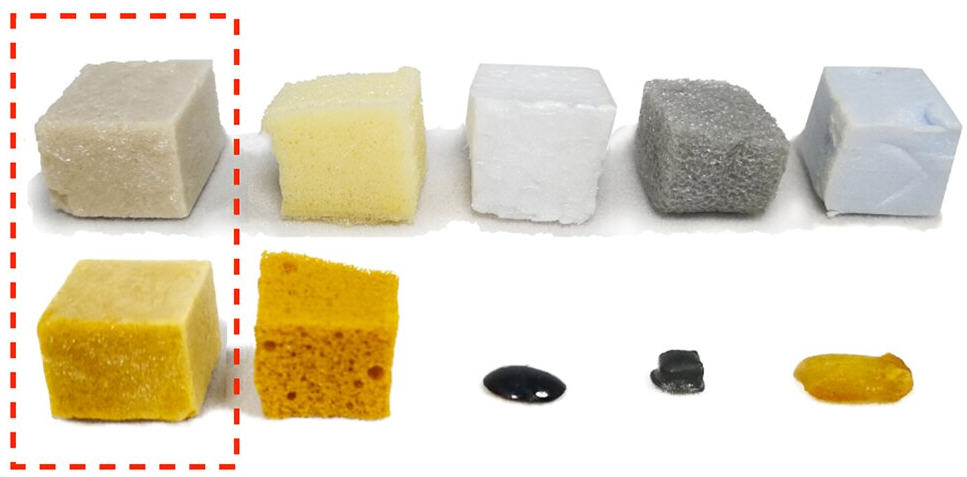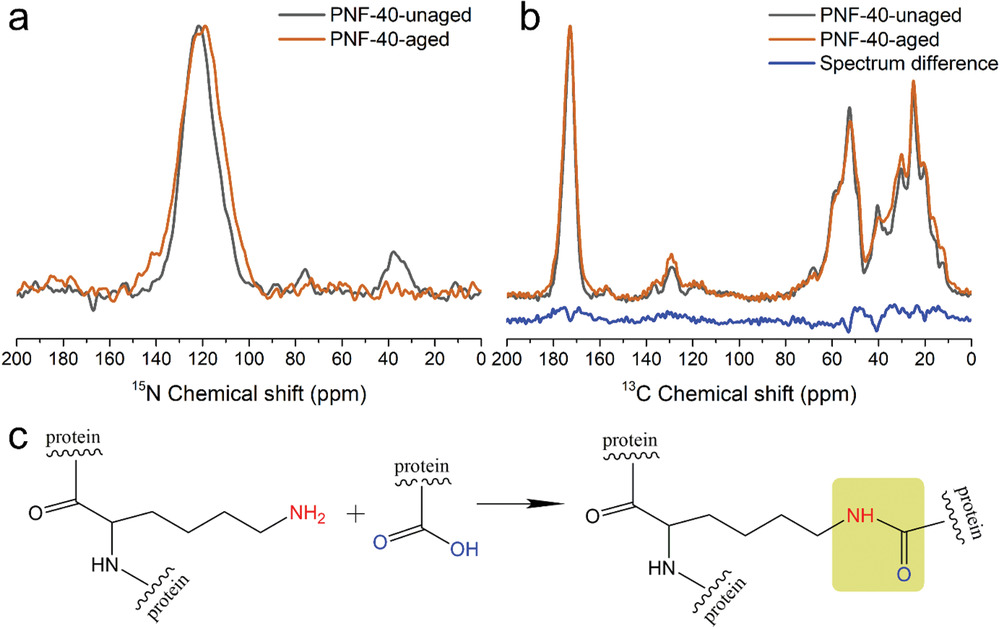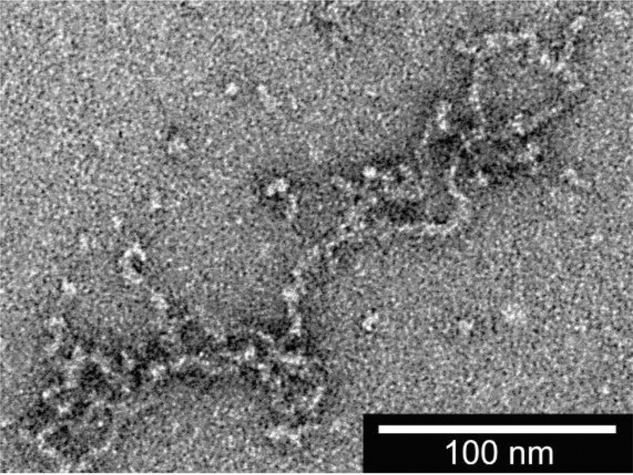博文
牛奶蛋白塑料泡沫,在恶劣环境中会变得更好
 精选
精选
||
牛奶蛋白塑料泡沫,在恶劣环境中会变得更好
诸平

From left to right, foam materials consisting of whey, polyurethane, polystyrene, polyethylene and polystyrene. The top row represents unexposed materials and the bottom row represents the materials exposed to 150 degree air for one month. Credit: KTH Royal Institute of Technology



据瑞典皇家理工学院(KTH Royal Institute of Technology)2021年6月14日提供的消息,一种由乳清蛋白制成的新型高性能泡沫塑料比许多由石油制成的普通热塑性塑料更能抵御极端高温。瑞典的一个研究小组报告说,这种材料可以用于汽车的催化剂、燃料过滤器或包装泡沫,在暴露在高温下数天后,实际上可以提高其机械性能。上述图片就是由瑞典皇家理工学院提供的,从左至右,泡沫材料分别由乳清、聚氨酯、聚苯乙烯、聚乙烯和聚苯乙烯组成。
最上面一行表示未暴露的材料,最下面一行表示在150℃空气中暴露一个月的材料外形照片。相关研究结果于2021年5月21日已经在《先进可持续系统》(Advanced Sustainable Systems)杂志网站发表——Xinchen Ye, Antonio J. Capezza, Vasantha Gowda, Richard T. Olsson, Christofer Lendel, Mikael S. Hedenqvist. High‐Temperature and Chemically Resistant Foams from Sustainable Nanostructured Protein. Advanced Sustainable Systems, First published: 21 May 2021. DOI: 10.1002/adsu.202100063. https://doi.org/10.1002/adsu.202100063
斯德哥尔摩皇家理工学院(KTH Royal Institute of Technology in Stockholm)的研究人员在《先进可持续系统》(Advanced Sustainable Systems)杂志网站发表的报告中说,这项研究为在潜在的恶劣环境中使用蛋白质基泡沫材料打开了大门,比如过滤、隔热和流体吸收。
这种材料的基本组成部分是蛋白质纳米纤维(protein nanofibrils简称PNFs),它是在特定温度和pH条件下由干酪加工过程中的水解乳清蛋白自组装而成的。在测试中,泡沫随着老化而改善。该研究的合著者,KTH高分子材料部教授Mikael Hedenqvist说,在150℃的温度下一个月后,材料变得越来越坚硬。
他说:“这种材料只会随着时间的推移变得更硬。如果我们将其与以石油为基础的、由聚乙烯和聚苯乙烯制成的商业泡沫材料进行比较,它们会在同样恶劣的条件下迅速融化并分解。”
蛋白质通常是水溶性的,这在开发蛋白质为基础的材料时提出了一个挑战。
尽管如此,经过老化过程,这种材料证明是防水的。老化过程会使蛋白质聚合,产生新的共价键,形成稳定的泡沫材料。这种泡沫还能抵抗更有侵略性的物质,如通常分解或溶解蛋白质的表面活性剂和还原剂。交联也使泡沫不受柴油或热油的影响。
该材料的防火性能也优于常用的聚氨酯热固性材料。 Mikael S. Hedenqvist说:“这种可生物降解的、可持续的材料可以在防火很重要的恶劣环境中使用。”
潜在的应用包括为在更高温度下运行的催化金属提供支持,如汽车用铂催化剂。这种材料也可以用作燃料过滤器。其他的可能性是将其用作包装泡沫,以及在可能出现较高温度和存在侵略性环境风险的地方用于隔音和隔热。上述介绍仅供参考,欲了解更多信息敬请注意浏览原文或者相关报道。
Abstract
Covalently crosslinked protein networks produced from whey protein nanofibrils (PNFs) are demonstrated to be sustainable high-performance foams that show chemical resistance and mechanical strength, stiffness, and toughness on harsh aging at 150 ℃. The aged foams are able to retain their properties at 180 ℃ for as long as 24 h, far exceeding the properties of most classical petroleum-based thermoplastics. The foams are further developed into soft foams by the addition of glycerol as a plasticizer. The improvement in the mechanical performance of the foams with aging, which is equivalent to an increase by one order of magnitude in modulus and yield strength, is confirmed to be associated with (iso)peptide crosslinks. The results open the way for using protein-based foam materials in severe/corrosive environments such as filtration, thermal insulation, and fluid absorption. The protein foams produced are suggested as suitable alternatives to petroleum-based porous polymers.
https://blog.sciencenet.cn/blog-212210-1291398.html
上一篇:diABZI-4:潜在抗COVID-19病毒化合物
下一篇:图解中国科学研究的崛起